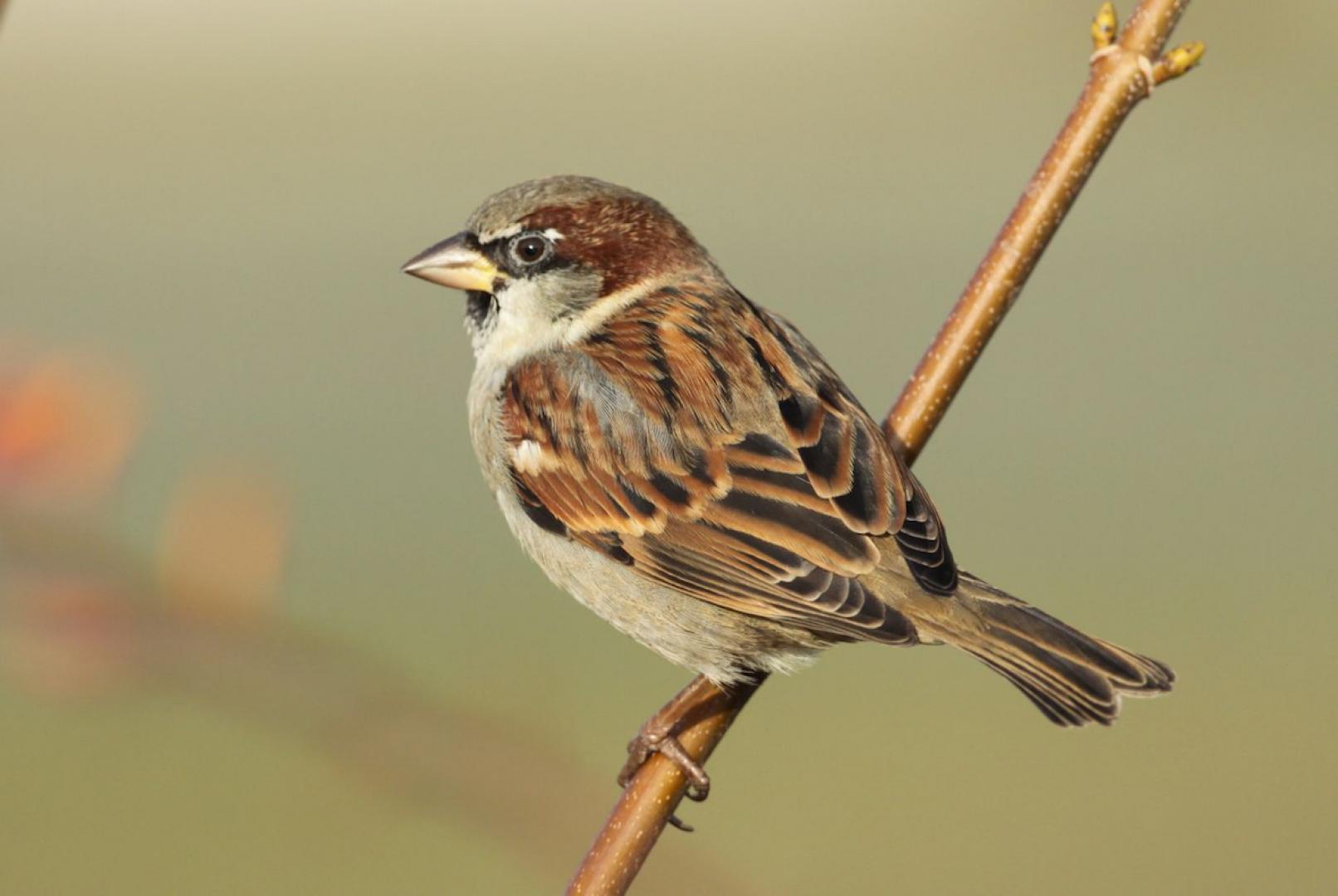IF you can remember the words of the following ditty, you are of a certain age. It goes something like this:
“Whichever ya gaw ya shoor ta meet a Geordie,
Thar’s shoor to be a Geordie in the clan,
Frame Lands End off ta Culla Coats
Frame Gallaway Bay ta John O’Gro-oats
Thar’s shoor ta be a Geordie in that land
A bit of good old Geordie twang.”
Now, you may be thinking what’s that got to do with wildlife?
Well, plenty, where one of the most common birds in Britain – the house sparrow – is concerned.
They not only thrive throughout Britain, but can be found worldwide.
There is probably no more familiar bird, living as it does in close proximity to humans.
So successful has this association been, it has spread as far as the USA and Australia where they have large populations.
They were originally introduced by sentimental Europeans, who did not envisage the millions of birds which have resulted from a few individuals taken there to soothe their homesickness. It is now the most widespread of all land birds.
It is their willingness to adapt to what humans have provided for their basic needs that is the secret to their success.
They have realised that man is wasteful with his food and there is always a meal to be had, no matter that their short stubby beaks identify them as seed eaters.
Their diet can include insects as well as many kinds of food that we eat (and discard).
We have provided nesting sites aplenty in respect of the homes and buildings that we live and work in. Not only that but many enter our lofts and roof spaces to roost in for the night in the warmth of our homes rather than in crevices in trees etc.
Let’s be honest, where would you rather be in the middle of winter?
Every nook and cranny is explored for a good night’s sleep. If you take time one winter’s evening about an hour before dusk, you will observe this activity. If roosting sites are not available large gatherings will utilise dense tree foliage.
At my home up to 20 or 30 roost in some dense Clematis, creating heat with the number of bodies crammed together. A few also bed down in a crevice under the eaves and sometimes laid in bed I can hear them having disputes about who’s going to sleep where.
House sparrows, for all their closeness to man, remain unobserved but there is nothing better than to see a male during the breeding season fluttering his wings in the hope he will attract a female to him.
Another thing about this cute, cocky little fellow is that he is an excellent father. When the young are hatched, he aids the mother in feeding the family and defending them.
Because they are relatively common, their lifestyles are easily observed and you will find observing them is a rewarding experience.






